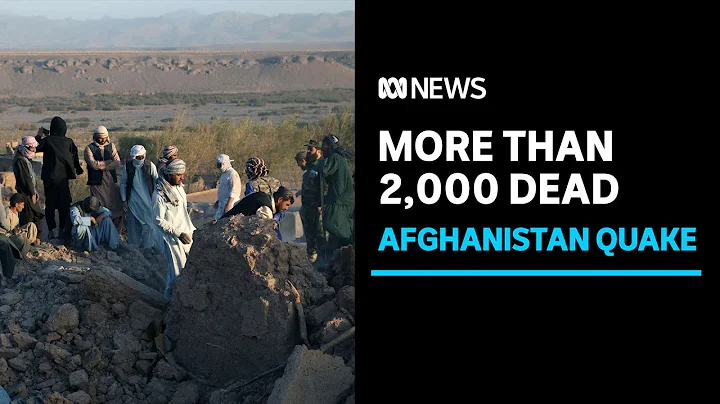
June 30, 2022
A 5.9-magnitude earthquake struck eastern Afghanistan in the early morning of June 22, 2022, destroying parts of Khost and Paktika provinces.
The map above, based on the Earth Observatory Remote Sensing Laboratory of Singapore (EOS-RS), depicts areas of possible damage. The color gradient from yellow to red indicates increasingly pronounced surface changes. Dark red pixels represent the most severe damage, while orange and yellow areas represent moderate or partial damage. Each colored pixel represents an area of 30 meters by 30 meters (about the size of an baseball stadium in ).
One of the areas that suffered severe damage is the Gayan district of Paktika. According to a report, approximately 1,000 homes have been destroyed in the area. Report from United Nations Office for the Coordination of Humanitarian Affairs .
According to reports, more than 1,000 people have died across Afghanistan and thousands more have been injured. Reports come from humanitarian aid organizations. The earthquake was so deadly because it originated at a shallow depth and produced strong shaking in a densely populated area. It also happened in the middle of the night when many people were at home.
Maps are derived from Synthetic Aperture Radar (SAR) by the Copernicus Sentinel 1 satellite before (March 2 to June 18) and after (June 30) activities by European Space Agency (ESA) operations. It contains modified Copernicus Sentinel data, processed by ESA and analyzed by EOS-RS, using the Advanced Rapid Imaging and Analysis (ARIA) system originally developed by NASA's Jet Propulsion Laboratory, California Institute of Technology Developed and improved in EOS-RS. The ARIA team is supported by NASA's Earth Science Hazards Program.
"This map can be used as a guide to identify damaged areas and may be less reliable in areas covered by vegetation," said the Earth Observatory of Singapore (EOS). Note. Scattered pixels in vegetated areas may be false positives, and the absence of colored pixels in vegetated areas does not mean there is no damage
Earthquakes and active faults in this area are tectonic plates. The Indian Plate is moving at about 40 millimeters per year (1.6 inches per year) moving northward at a high speed and colliding with the Eurasian plate, resulting in frequent earthquake activity.





















